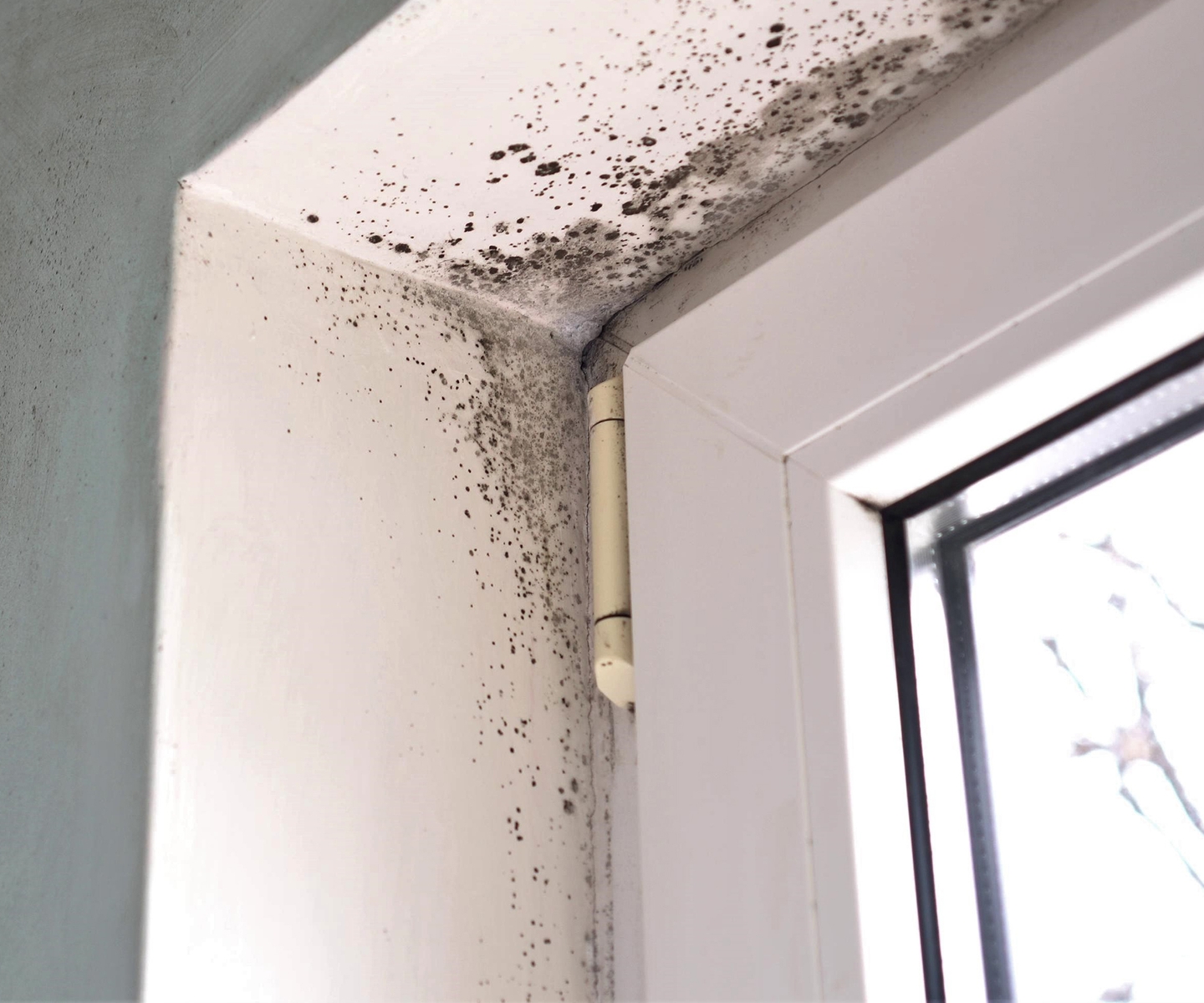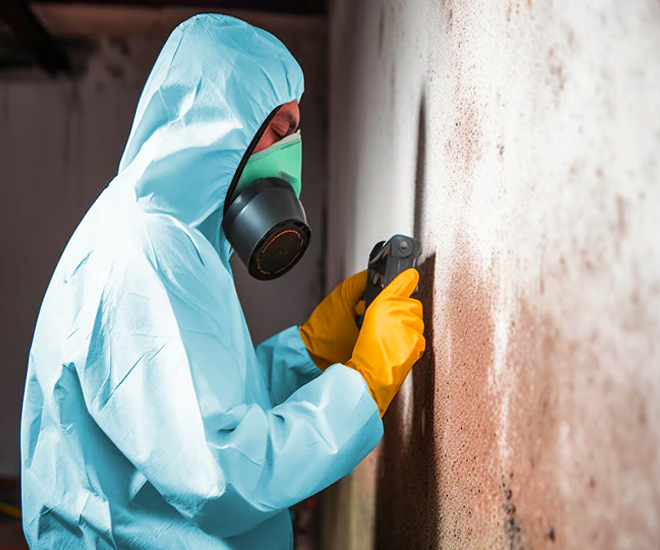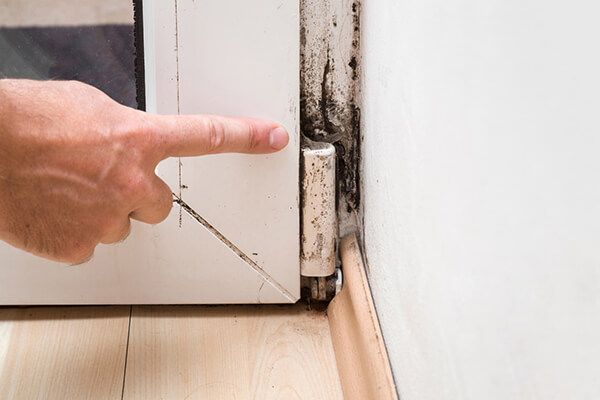Comprehensive Post Mold Remediation Procedures
Comprehensive Post Mold Remediation Procedures
Blog Article
Your Ultimate Guide to Message Mold And Mildew Remediation Techniques
In the after-effects of mold infestation, knowing exactly how to properly get rid of the mold and avoid its reoccurrence is paramount for preserving a healthy and balanced indoor atmosphere. From picking the ideal cleansing and sanitizing approaches to executing approaches for long-term mold and mildew prevention, each action in the remediation trip plays a crucial function in ensuring a successful outcome.
Comprehending Post-Mold Remediation Refine
After finishing the mold and mildew removal procedure, it is vital to understand the post-mold removal techniques that are essential to ensure a thorough and efficient cleaning. When the mold has actually been gotten rid of, the next action involves cleaning and decontaminating the impacted areas to stop any type of regrowth of mold. This includes making use of specialized cleansing representatives to wipe down surface areas and eliminate any type of staying mold spores. It is vital to dry out the area completely to discourage the growth of mold in the future (testing air quality after mold remediation). Proper air flow and dehumidification can aid in this process.
Furthermore, conducting a final inspection post-remediation is vital to ensure that all mold has been successfully eradicated. If the evaluation discloses any sticking around mold and mildew, added remediation may be necessary.
Effective Cleaning and Disinfecting Approaches

Avoiding Future Mold Development

Significance of Proper Ventilation
Proper air flow plays an essential function in avoiding dampness build-up, a key element in mold and mildew growth within indoor environments. Reliable ventilation systems help get rid of excess humidity from the air, decreasing the chances of mold and mildew spores discovering the dampness they need to sprout and spread. Without sufficient ventilation, indoor rooms can become a breeding place for mold and mildew, resulting in prospective wellness dangers and structural damage.
By making certain correct air blood circulation, air flow systems can additionally assist in drying out damp areas faster after water damage or flooding events, additionally deterring mold development. After mold remediation. Precede like shower rooms, cooking areas, basements, and attics where moisture levels often tend to be greater, installing and preserving effective ventilation systems is essential in avoiding mold and mildew infestations

Tracking and Upkeep Tips
Given the critical function that appropriate ventilation plays in stopping mold growth, it is necessary to develop efficient tracking and maintenance suggestions to guarantee the continued functionality of ventilation systems. Routine evaluations of ventilation systems need to be carried out to check for any kind of signs of clogs, leaks, or breakdowns that might impede proper air flow. Monitoring humidity degrees within the property is also essential, as high humidity can contribute to mold and mildew development. Installing a hygrometer can help track humidity degrees and alert house owners to any spikes that might require focus. Furthermore, ensuring that hop over to these guys air filters are consistently cleaned up or replaced is vital for maintaining the effectiveness of why not try these out the air flow system. Carrying out a routine for regular upkeep jobs, such as air duct cleansing and heating and cooling system evaluations, can aid stop concerns prior to they rise. By staying positive and mindful to the condition of air flow systems, homeowner can effectively minimize the threat of mold and mildew regrowth and preserve a healthy indoor setting.
Conclusion
In conclusion, post-mold removal techniques are vital for making certain a clean and secure setting. Understanding the process, implementing reliable cleansing and disinfecting approaches, protecting against future mold growth, keeping appropriate ventilation, and regular monitoring are all essential steps in the remediation procedure. By complying with these standards, you can effectively get rid of mold and mildew and stop its return, functioning or promoting a healthy and balanced living room for all owners.
In the aftermath of mold infestation, understanding exactly how to successfully get rid of the mold and avoid its reoccurrence is critical for maintaining a healthy interior atmosphere. Once the mold has been removed, the next step involves cleaning and decontaminating the influenced areas to prevent any kind of regrowth of mold - what to do after mold remediation. After eliminating noticeable mold development, it is crucial to clean up all surfaces in the damaged location to eliminate any continuing to be mold spores. To further enhance mold prevention procedures, it is essential to deal with underlying problems that at first led to mold and mildew growth.Given the crucial role that correct air flow plays in avoiding mold development, it is imperative to develop reliable surveillance and upkeep pointers to make certain the ongoing capability of air flow systems
Report this page